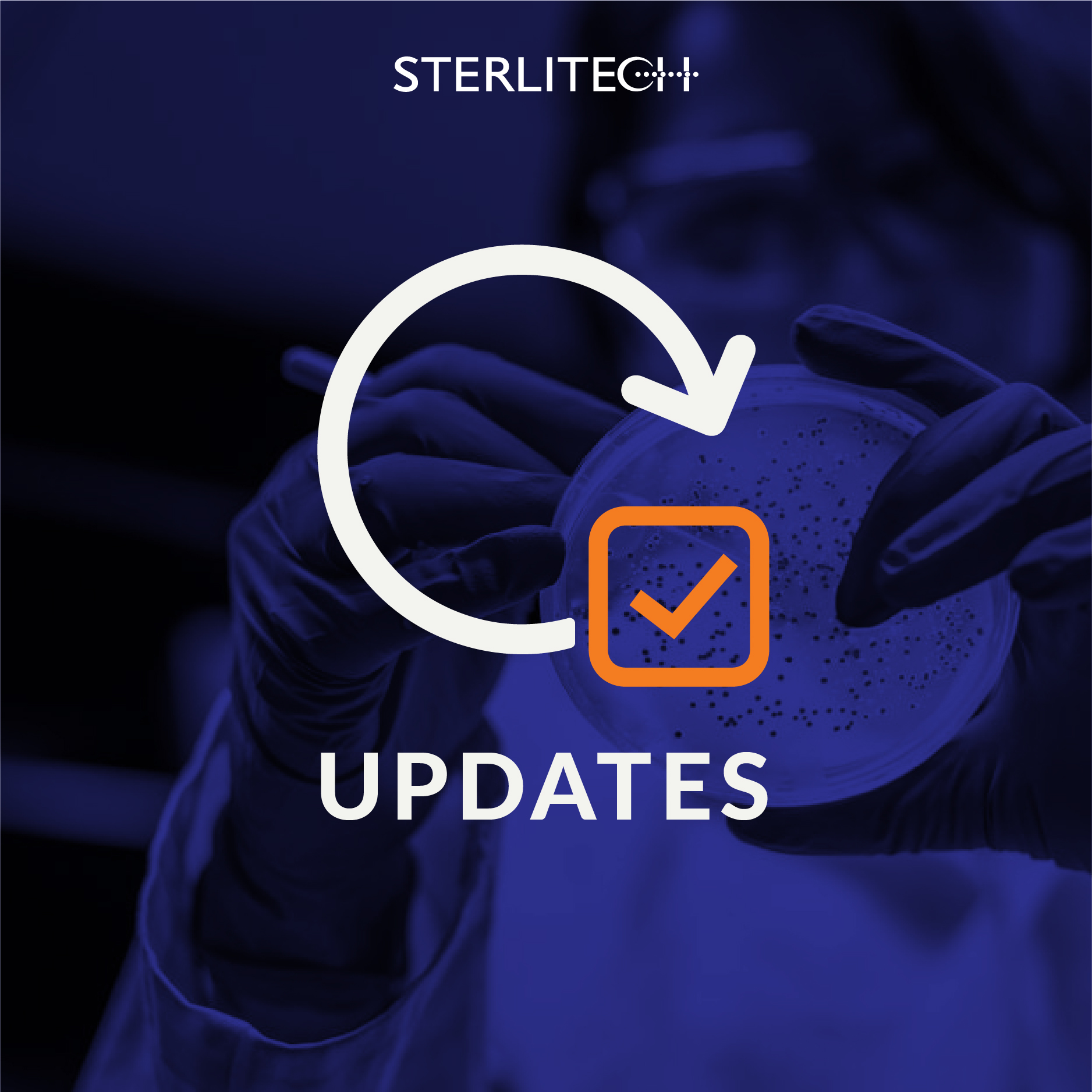Galvanic Wastewater Treatment with UF Membranes
January 11, 2012

A recently completed test in Poland found that enhancing ultrafiltration (UF) flat sheet membranes with an anionic polymer increased the membrane’s ability to purify samples of galvanized wastewater. For this experiment, the researchers tested multiple concentrations of wastewater infused with zinc, nickel, and copper ions against EW and MW designation flat sheet membranes that were infused with a polyelectrolyte, in this case polysodium 4-styrenesulfonate (PSSS) with cation-exchange properties. The result was a more-efficient metal binding agent, enabling 97-99% retention of the target metals.
The EW membrane is made with Polysulfone while the MW is a modified Polyacrylonitrile known as Ultrafilic. Both designations ably treated the galvanized wastewater, but the MW membrane did have 2-3 times higher permeate flux values due to the membrane’s higher permeability.
In addition to membrane separation, common treatment options for galvanized wastewater include chemical processing and the ion exchange method. Unlike these other methods however, an effective membrane separation methodology has the potential to remove higher concentrations of effluent in a continuous process so these findings could impact how galvanic wastewater is processed in the future.
You can read the published paper here.
Share on Facebook
Share on Twitter
Share on Pinterest
Comment(s)
Did you find this article helpful?
0
0
Loading...
Categories
- Most Viewed Blog Articles (5)
- Company News (285)
- Emerging Technologies (64)
- Microbiology and Life Science News (93)
- Water and Fluid Separation News (97)
- Filtration Resources (93)
- Product News (19)
Recent Posts
Archive


![Join Sterlitech at BIO 2024 [Booth #5558]: Exploring the Future of Biotechnology](https://www.sterlitech.com/media/blog/cache/300x200/magefan_blog/b4.jpeg)



